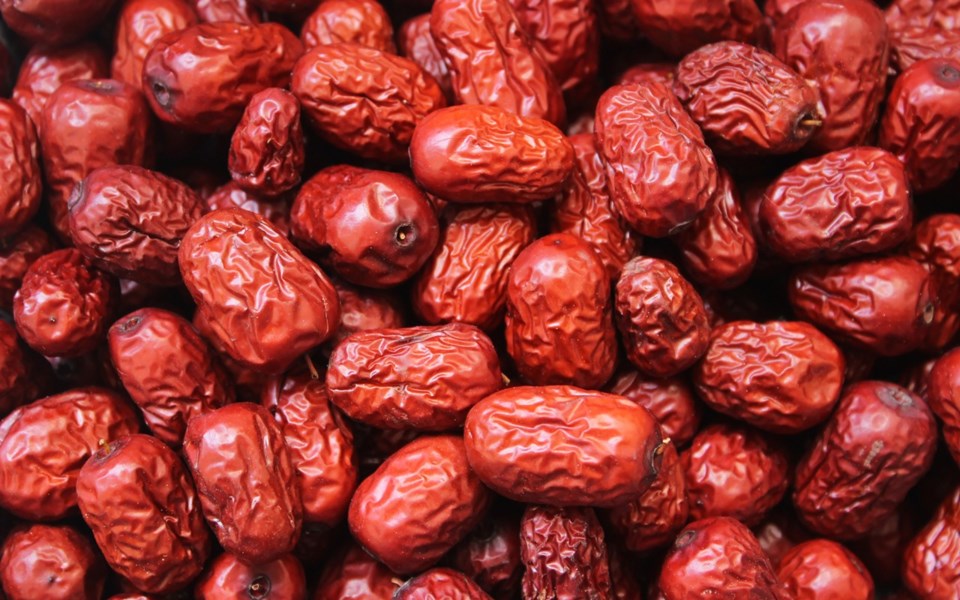When I was in the U.K. for a science journalists' conference a while back, I stayed with my old friend Jan not far from London. We're both porridge freaks when it comes to breakfast, cooking it fresh then rewarming it next day.
Only our re-heat methods greatly differ. She uses the age-old English way of keeping the pot of porridge, lid on, at the back of the stove to heat the next day or three, while I'm of the fridge-it/nuke-it school. Jan was mildly horrified when I mentioned this, much as I was at the idea of leaving a pot of porridge at room temperature for days.
The old English nursery rhyme "pease porridge hot, pease porridge cold, pease porridge in the pot, nine days old..." rang in my head. "I don't even own a microwave since that Russian study proved how harmful they are," was her side of the story.
This little breakfast incident embodies two common food myths we've all likely fallen prey to. First, that old nursery rhyme isn't about porridge as we know it today, Bob's Red Mill notwithstanding. And it's "pease" not "peas," although they're an important ingredient.
Dorothy Hartley deconstructs pease porridge or pease-pudding in her classic Food In England. She quotes poet and farmer, Thomas Tusser, of the 1550s: "Good peason and leekes to make poredge in Lent ..." (We also have Tusser to thank for the expression "April showers bring May flowers.") Then Hartley goes on to describe how you make the stuff with peas and bacon and a little sugar and mint in a greased pudding-cloth, to be split and pulled apart with two forks when done. And, yes, pease porridge can sit around for ages with no refrigeration.
As for that Russian study finding microwave ovens unsafe, sorry, but it doesn't exist. The fact it's cited almost verbatim on the internet time and again—suspiciously so—doesn't make it so, and experts debunk it along with the companion tale that Russia banned microwave ovens.
Ask the World Health Organization or Robert Schiffman, the former head of the International Microwave Power Institute, or even my hubbie, an electrical technologist. Microwave ovens are totally safe as long as they are in good working order.
Microwaves are high frequency radio waves that are part of the electromagnetic spectrum. The ovens emit about 1/100th of the microwaves the sun delivers. You don't want to put your head in one, but you wouldn't do that with a regular oven, either. And, definitely, no poodle has ever been cooked in one—another urban myth circulating since long before "fake news."
On that very real note, here are a few more quirky little food facts worth separating from fiction.
Have fun testing your pals at your next dinner party.
FLAX AND THE KING
If you're a porridge fan, good chance you've discovered Bob's Red Mill, as above. The company is now owned by its employees, thanks to the forward thinking of its founders, Bob and Charlee Moore.
Back in the '60s, when the first wave of hippies was heading "back to the land" and rediscovering whole foods, Bob started experimenting with stone-ground grains. When you grind grain with millstones, rather than big, industrial, steel rollers, temperatures stay lower and more nutrients remain.
Now that's a fact, but here's a fiction—at least a quasi-fiction. The label on Bob's Red Mill flax contains a nod to the grain's history, including a description of how King Charlemagne believed in the health benefits of flaxseed so much that he passed laws requiring his subjects to consume it. Good story, but bzzzt. Not quite true.
Flax is definitely good for you. But the best I can verify, via Ancient Technologies and Archaeological Materials, is that Charlemagne enacted laws publicizing the benefits of using linen for hygienic reasons and eating linseed oil for health. It didn't force people to do either. But that doesn't mean you shouldn't buy Bob's Red Mill products, or flax. They're both fab.
JUJUBES ARE TREE TREATS
Jujubes are sweet little treats, but they're really a fruit, not a candy. The name for the gummy little candies (more on this, below) comes from Ziziphus jujuba, also known as the red date or Chinese date, a delicious little fruit from a shrub or tree that's a member of the buckthorn family. Originally native to Asia, the jujube was imported into the Caribbean region and other colonized parts of the world during the days of empire. Jujubes are enjoyed fresh or dried. In traditional Persian medicine, its mucilaginous properties were recognized to treat coughs and colds.
THE FIVE-SECOND RULE DOESN'T RULE
Finally, here's a quick debunker from the CBC bunker of Michael Enright's The Sunday Edition. We've all heard of the five-second rule, right? If you drop something on the floor and pick it up within five seconds, it's OK to eat. Right? Umm, pretty much wrong.
Food science expert Donald Schaffner and his team at Rutgers University put the five-second rule to the test in an experiment using four different surfaces and four different food products. They came up with some pretty interesting results.
Everything depends on what drops and what you drop it on. A slice of watermelon delivered the worst results. Because of all the water, it "absorbed millions of bacteria almost instantaneously." A gummy candy dropped was least risky because it contains very little moisture and has an irregular surface. But don't kid yourself: there is always some risk of contaminant transfer involved in eating off your floors, no matter how quickly you pick things up.
Glenda Bartosh is an award-winning journalist who eats lots of porridge and never believed the five-second rule. She writes in this space every other week.




